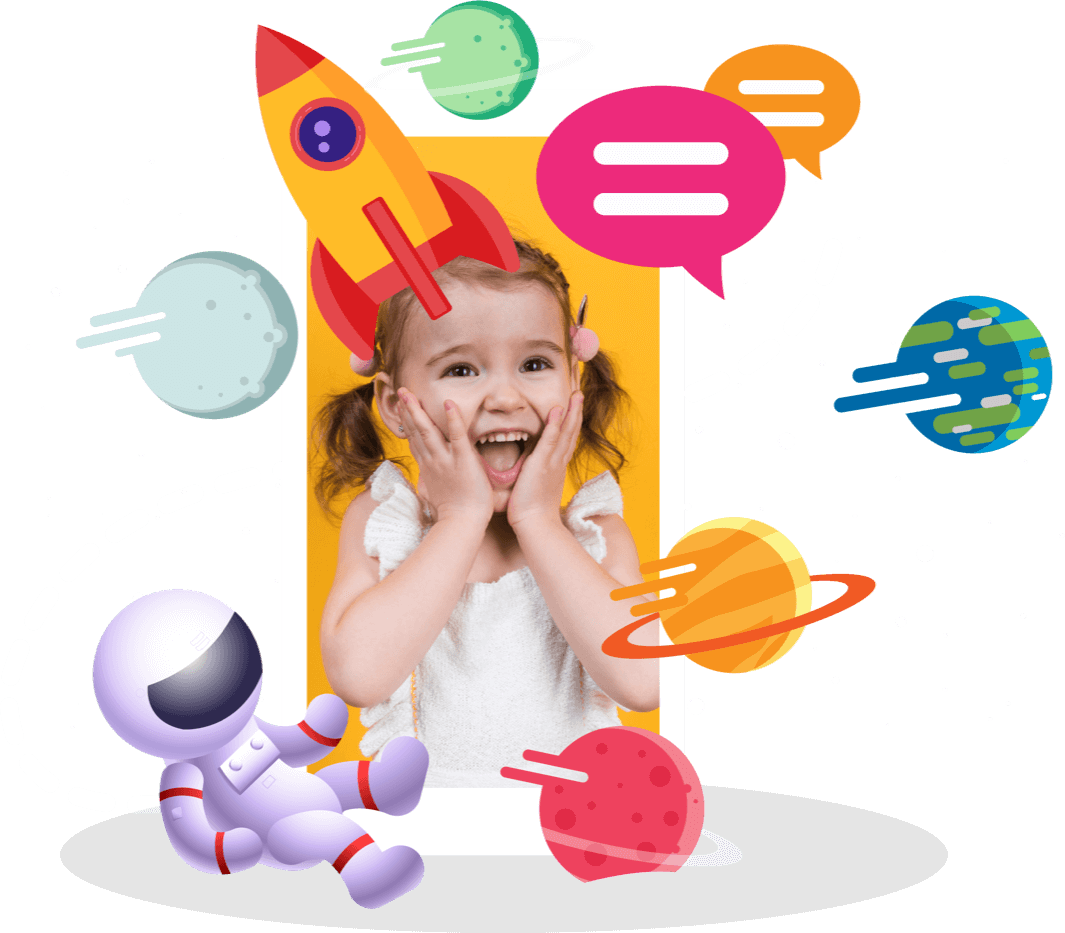Listening is something that is innately most fundamental in our interactions and communications. In contrast to hearing, it does not ”just happen.” Listening is an active process where a person makes the conscious decision to listen and understand the message the speaker is trying to convey.
Effective communication can only occur with listening. Unfortunately, few people are taught how to listen effectively, meaning active listening. Many people believe that hearing what is being said is the same as listening. However, hearing is a physical but passive act where the sound is perceived. On the other hand, listening is the act of hearing the sounds with deliberate intention. This means that listening is a skill that can be improved through practice.
What is Active Listening?
As its name conveniently suggests, active listening is when the person actively listens, concentrating on what is being said by the speaker. During active listening, all senses are used. The attention is fully on the speaker.
Why is Active Listening Important?
Active listening is an important tool and a good way to improve communication and relationship with your child. This tool allows your child to know that you are actually interested in what they have to say.
Sometimes it is tempting to brush off a child’s problem because we are all human, and we have bad days or are really busy. However, it is important for children to know that they are being listened to. If it is clear to them that you will listen, they will be more likely to talk about their problems and the good things happening in their lives when they grow up.
Expressing some thoughts, feelings, and opinions is a crucial part of effective communication. These activities can be complemented by active listening. Because effective and good communication, as well as understanding, are made possible through active listening.
It may not be easy to get into at first, but you can gain the skill of active listening through practice. True active listening will encourage your child to keep talking, and they will know that you are following the conversation. This will create a comfortable environment and tone and indicate to the speaker that you are interested in what is being said.
What Are Active Listening Skills?
There are five key elements of active listening that will help you listen to the speaker. These elements will help you improve your active listening skills, which will, in turn, let the other person or your child know that you are listening to them.
Paying attention. Make sure that you are facing the speaker. You should give the speaker your undivided attention. Make sure that you are not distracted by looking at your phone or your watch. Don’t prepare a rebuttal in your mind. Just listen.
Make sure you show that you are listening. Body language tells a lot. Crossing your arms or not making eye contact may make you look like you are not listening or paying attention. A nod or a smile would mean that you are listening.
Don’t forget to give feedback. Paraphrasing is a great tool in terms of understanding what is being said. Ask questions that are relevant to the speech. Paraphrase what has been said to you to reflect on the topic. If you didn’t understand a part, ask for clarification. You can also summarize what the speaker has said to make sure that you understood.
Avoid interrupting. Interrupting someone when they are speaking is almost never a good idea. It may make them think that you are not interested in what they are saying. Rather, you would like to state your piece. It frustrates the speaker, wastes their time, and prevents them from conveying their message in full. Also, don’t make assumptions. Empathy goes a long way.
Give appropriate responses. Try not to attack the speaker verbally just because you would like to assert your opinions. You should always be respectful when you are talking about your side of the argument. The appropriate tone of voice is also important. Think about how you would like to be treated if you were the other person talking.
How to Practice Active Listening?
Active listening helps you earn the trust of your child and others and help you better understand what they are talking about or their situation. The act of active listening can enable you to offer empathy to your child when they want to open up to you.
There may be some unhelpful listening habits that may prevent you from engaging in active listening. Having a busy day and being stuck in your head, not hearing the underlying meaning in the speech, interrupting your child while they are trying to make a point, not making eye contact, or rushing your child to get it over with are just a few.
Eliminating these habits, at least to the degree that you can fully focus on what the speaker is saying, will positively impact various aspects of your life. For one, active listening helps you understand your child better and open up a door for them to speak to you whenever they need to. If your child thinks that you are actually listening to them, they will want to speak to you more about what they are going through.
There are a myriad of ways to practice active listening. In addition to the skill set you could gain from the list above, there are also little acts and practices to try that will eventually make you a better active listener.
Making eye contact with the person speaking is a great way to start. This will help them understand that your full attention is on them and that you are listening to the message they are conveying. Aim for making eye contact 60% to 70% of the time you are listening.
Look out for the nonverbal cues you get from the speaker. We tell a lot through our body language, and it gives context to what we are saying. Take a look at your child’s behavior to pick up on hidden meanings. Facial expressions and hand gestures can tell more than words do by themselves.
Come along with 200k+ families!
Let's communicate better!
Download for Free.
Try to be more open and neutral while you are listening. Making judgments will not help the speaker get their message across. Also, try to be patient. As humans, we can listen much faster than others can speak. Make an effort to wait for the person to finish what they are saying.
Another thing to practice is to avoid changing the subject abruptly. If your child is talking to you about something they experienced at school, don’t just start talking about dinner. This will make them think that you were not listening to them.
One of the best practices is to try and learn to recognize active listening. When you are watching television, take note of whether people speaking to each other are practicing active listening. This could be a great way to learn from their mistakes.
How to Improve Active Listening?
According to a study done in 2011 , active listening is primarily associated with verbal social skills. This means that being an effective conversational partner is important, and people who are active and empathic listeners are good at initiating and maintaining conversations.
Developing active listening skills will help you also improve your conversational abilities. However, this does not mean that active listening skills decrease any social anxiety.
There are various manners in which you can improve your active listening skills. As we mentioned before, practicing certain acts like taking note of what the interviewer is doing on television is a great way. Another way to improve active listening is to put yourself in your child’s or other people’s shoes.
We probably have all been in situations where when we were the ones speaking, the other person wasn’t being an active listener. Here are some things to try to engage the other person in active listening while also taking note of what you can do the next time you want to listen to your child actively.
Remember three important degrees to active listening: Repeat, Paraphrase and Reflect. When you reflect on your child’s emotions, you watch their behavior and describe what emotions you think they are having. This is especially beneficial for children since they may not have the right word to describe their feelings.
Sometimes it may be difficult to label your child’s feelings. This may be caused by the feeling you have that they should be responding in a different way. It is not beneficial for you to tell your child to stop feeling a certain way. You should help them deal with and understand their feelings by talking about their feelings.
Also, remember that you don’t always have to use words to communicate or listen to your child. You can let your child know that you are paying attention to their feelings by being there, sitting with them, and physically close to them to comfort them.
It is normal to feel somewhat anxious about understanding your child’s feelings incorrectly while you are learning active listening skills. Children are great at correcting their parents if they feel like their feelings are described incorrectly. When you are corrected, reflect on what your child has said to you and try to give them more words to describe their feelings.





